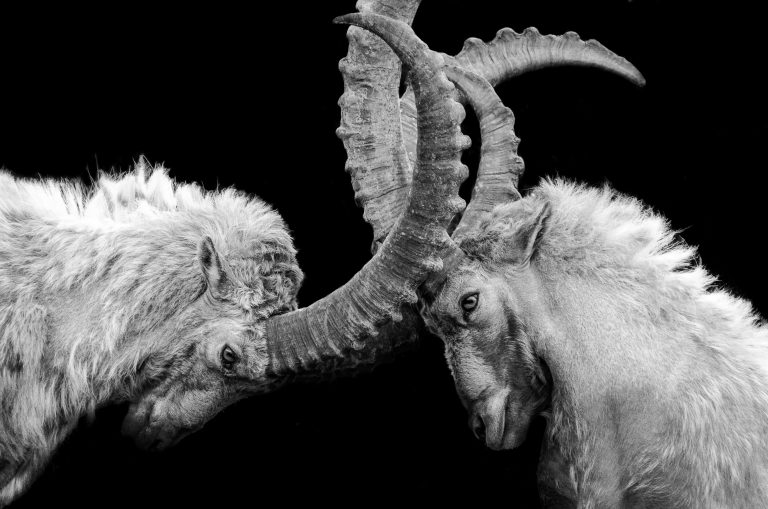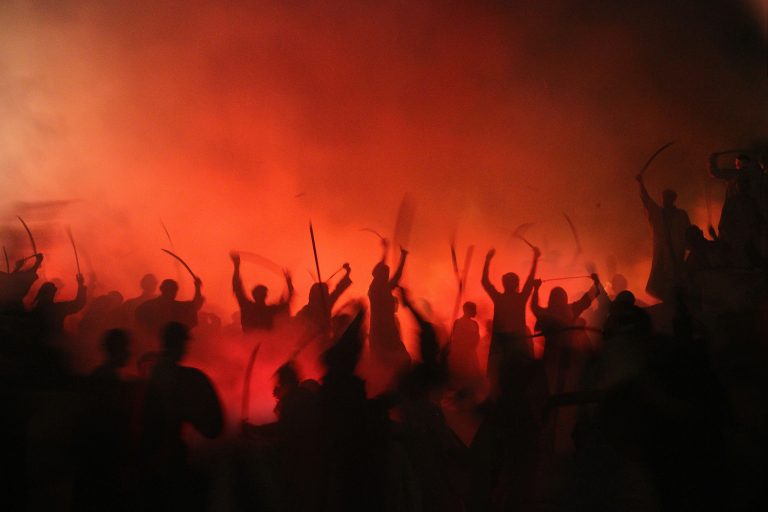Karate: What Makes a Karate Belt Different From Another?
Karate is a martial art, originating from Okinawa, Japan, that has been gaining popularity around the world. One of the common questions posed by new karate practitioners is what makes one karate belt different from another? In this blog post, we will explore the qualities and meanings associated with each martial arts belt, from the white belt to the black belt and beyond.
White, Yellow and Orange Belts
White, yellow and orange belts are all considered beginner’s belts, and are usually worn by students who have just started their journey with karate. These belts represent a fresh start and a time for beginners to explore and discover their own potential. As students progress with their studies and demonstrate solid technique, they can be promoted to the next level.
A white belt symbolizes purity and new beginnings. A white belt means that a student is open to learning and their minds are still free of any preconceived notions. It is a time of student discovery and exploration.
A yellow belt indicates that a student has achieved basic proficiency in their karate fundamentals and known katas. They have taken their first steps in the journey of martial arts mastery, and they have learned the basics of blocking and striking techniques.
Finally, an orange belt is awarded when a student has achieved competency with their kicks and basic stances. The orange belt also represents determination and emotional courage; as karate can be emotionally as well as physically demanding, an orange belt demonstrates the student’s capacity to remain motivated even when the going gets tough.
Purple, Blue, Green and Brown Belts
Once students have progressed beyond the early beginner levels, they can earn more advanced belts to mark their progress. A purple belt symbolizes heightened intelligence, as the student has properly learned how to mix striking and blocking techniques. The purple belt is followed by a blue belt, which signifies courage and strength. A blue belt fighter has learned how to stay disciplined and focused, no matter how challenging the situation may be.
As students move up through the intermediate ranks, they can earn a green belt. A green belt represents growth and an attempt to understand the practical application of martial arts techniques both mentally and physically. Finally, when a student reaches the advanced level of karate, they can attain a brown belt. A brown belt symbolizes an understanding of leadership, humility, and responsibility; it is only awarded to those who have mastered the fundamentals of karate and embrace their new position as mentors for other students.
The Final Goal: The Black Belt
The black belt is the ultimate goal for many karate practitioners. It is associated with competence, mastery and understanding. A black belt fighter demonstrates complete control over their physical movements and mental discipline; they have embraced their martial arts journey wholeheartedly and understand how to use their technique in various situations.
In Japan, a black belt also symbolizes respect. It is much more than just a mark of proficiency– it is a sign of respect and understanding between both teacher and student. Mastering the journey up to black belt level requires tremendous effort and dedication, so it takes real commitment to achieve it.
The Significance of Different Karate Belts
Each color karate belt has its own special meaning that only those who have achieved it can understand. As students progress in their martial arts journey, they will earn different belts that signify their proficiency in the discipline. Beginners start from the white belt and end up with the black belt; each color in between represents a step-by-step progression towards understanding physical technique and mental discipline. In addition to displaying physical proficiency, martial arts belts are also tangible reminders of a practitioner’s knowledge, dedication and hard work. By embracing and understanding each color’s true significance, practitioners can get the most out of their karate journey – both physically and mentally.
Conclusion
Karate belts represent more than just technical skill; they are tangible reminders of dedication, perseverance, and respect in the martial arts journey. From the beginner’s white belt to the advanced student’s black belt, each color is associated with its own unique meanings and qualities. Martial arts practitioners should strive to gain a deep understanding of each color’s meaning in order to truly embrace their karate journey on mental and physical levels.
Karate: What Makes a Karate Belt Different From Another?
Karate is a popular martial art that has been around for centuries. It is a physical and mental discipline that emphasizes combat techniques, self-defense, and personal growth. One of the most iconic aspects of karate is the colorful belts that represent a student’s level of achievement. But what makes these karate belts different from one another? Let’s dive in and answer some of the most frequently asked questions about karate belts.
1. What is the significance of karate belts?
Karate belts have a symbolic significance in the martial art. They represent the progress and achievement of a student. Each belt signifies a level of proficiency in karate, with the colors becoming darker as students progress. Starting from white and going through yellow, orange, green, blue, brown, red and finally black. However, it’s important to remember that belts aren’t the ultimate goal of Karate. The focus of Karate is on self-improvement, discipline, respect and personal growth.
2. What is the difference between a white belt and a black belt?
The main difference between a white belt and a black belt is the level of skill and experience. A white belt is a beginner student with no experience, while a black belt is an experienced and highly skilled practitioner who has dedicated years of hard work and training to their craft.
3. How long does it take to earn a black belt in karate?
The time it takes to earn a black belt in karate varies depending on the individual and the style of karate they practice. On average, it takes between 5 to 7 years of dedicated practice to earn a black belt. However, this timeline can vary based on the frequency of training, dedication, and mastery of the techniques. It’s also important to note that earning a black belt is not the ultimate goal of karate; it is more about the journey and personal development.
4. What do the different colors of karate belts mean?
Each color of karate belt has a specific meaning. Here is a breakdown of the most common belt colors and their significance:
– White: Beginner student
– Yellow: Represents the first ray of sunlight and the awakening of the student’s mind to the practice of karate.
– Orange: Represents the growing power of the sun and the student’s growing strength and knowledge in karate.
– Green: Represents the growth of the plant and the student’s continuous growth and improvement in their practice.
– Blue: Represents the sky which is unlimited like their potential, and the student’s continuous learning and progress.
– Brown: Represents the ripening of the fruit, signifying the students increase in knowledge and ability.
– Red: Signifies danger, and represents the student’s competence with technique, they now have the knowledge and ability to use it, but should always maintain the humility of a beginner.
– Black: Signifies mastery, but only mastery of the fundamental basics. The wearer has achieved an understanding of the foundation of Karate, and may now begin studying and learning more.
It’s important to note that not all karate schools may follow this specific color pattern, and they may use additional colors or variations on this scheme.
5. Can a student jump to a higher belt rank?
It is possible for a student to jump to a higher belt rank depending on the school and the individual’s skill level. However, it’s important to note that karate is a disciplined practice that requires dedication, hard work and effort. Skipping belts may undermine the time and effort they are putting into their craft and they may miss out on learning important fundamentals.
6. Why do some karate schools have stripes on their belts?
Some karate schools use stripes on belts in addition to the traditional color system. The stripes represent a student’s progress within their current level of rank. The stripes can be earned through various achievements, such as perfecting a certain technique or showing a deep understanding of a concept. These stripes are recognition for the student’s hard work and progress.
Conclusion
Karate belts are an important part of the martial art and represent a student’s level of skill and experience. The colors of the belts signify achievement and progress, with black belts representing mastery of the fundamentals. Remember that belts are not the end goal of karate; it is a lifelong journey of hard work, dedication, and personal development.
Inhaltsverzeichnis






